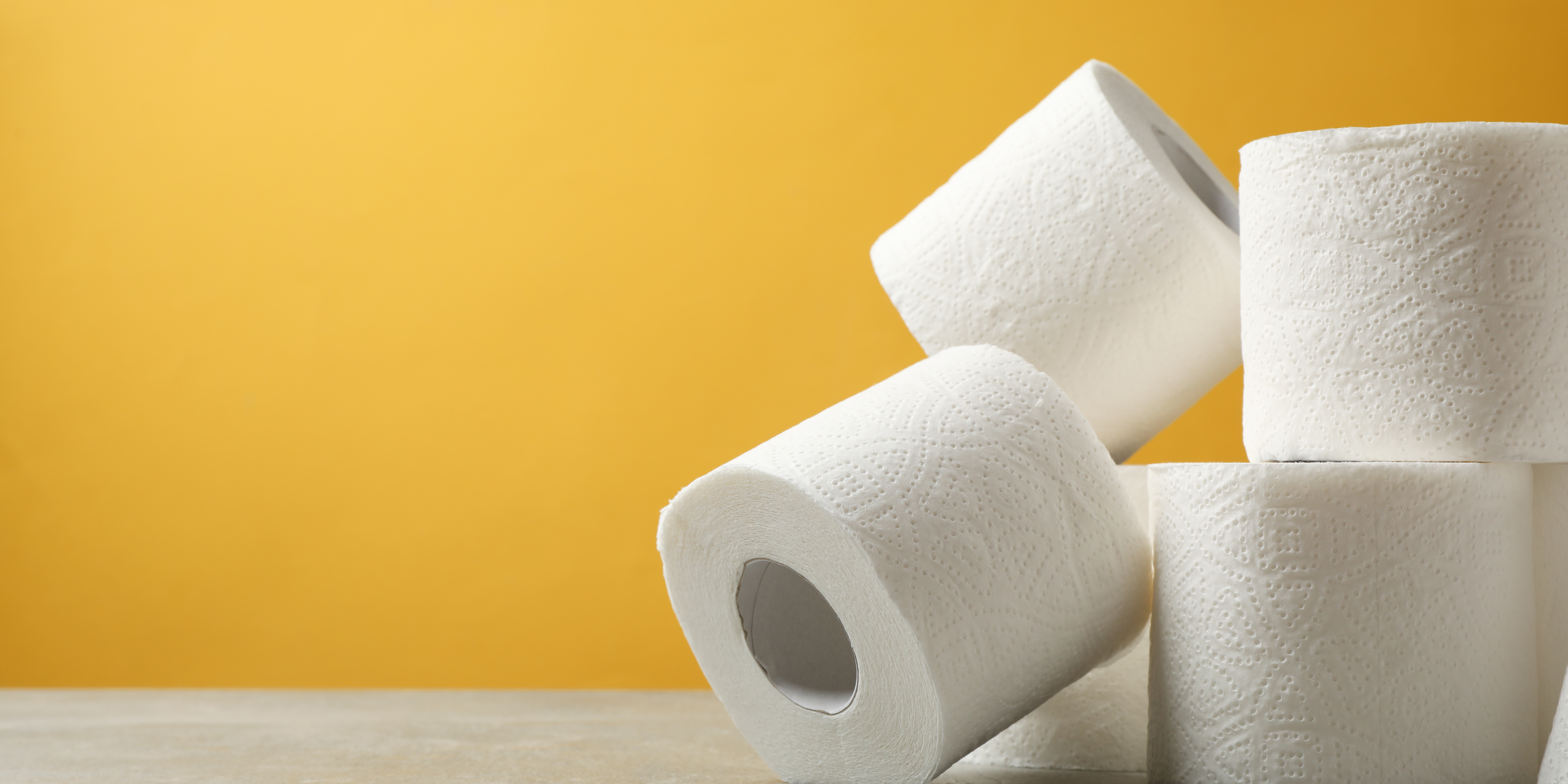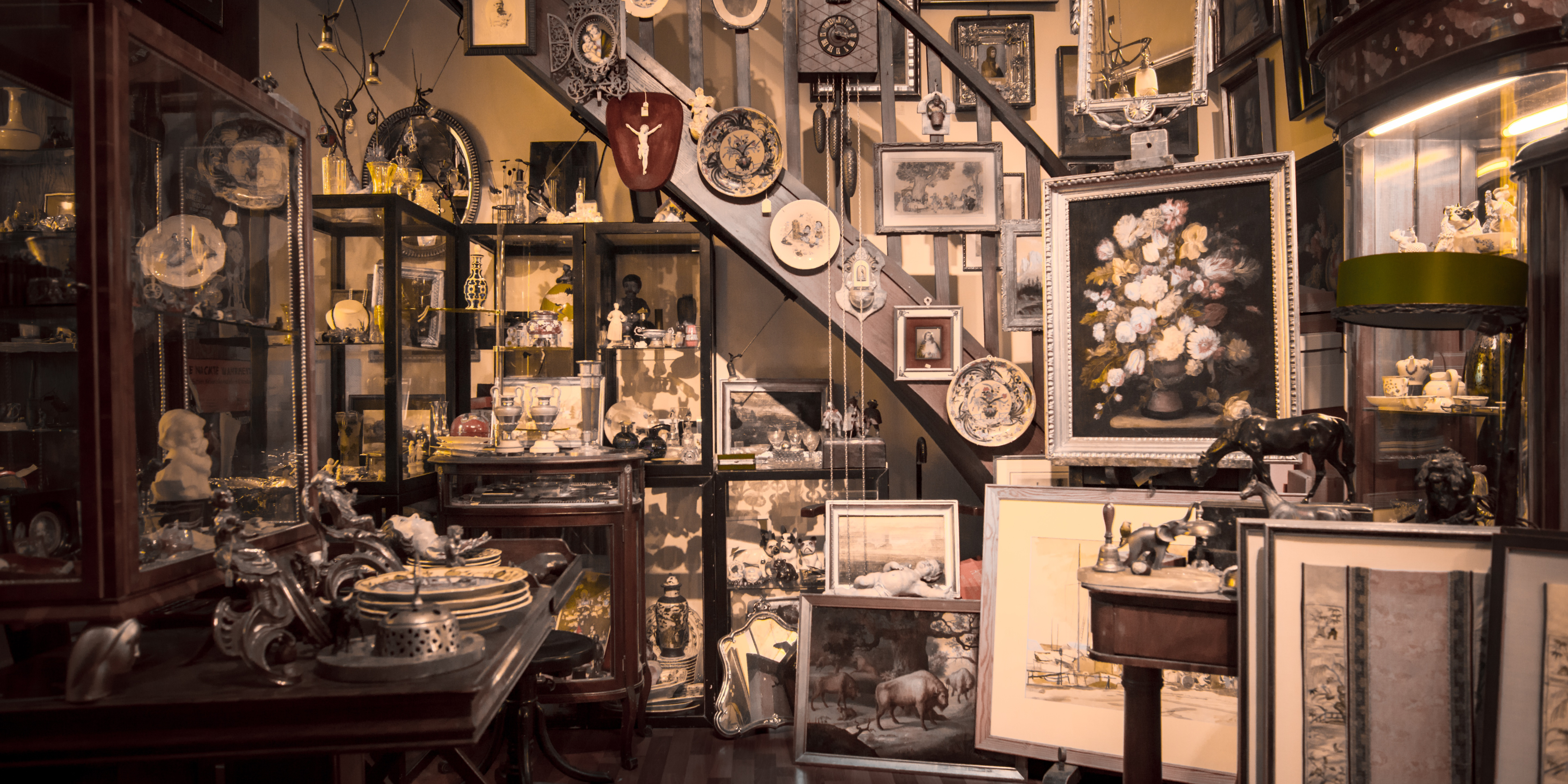Marc’s Musings: The Art and Evolution of Bartending (1970–2024)
Bartending, an age-old craft combining skill, art, and hospitality, has undergone a remarkable evolution over the past five decades. I know from personal experience, as a bartender in college and in the military, that from the simplicity of the 1970s when I started to the cutting-edge innovation of today, bartenders have continually adapted to shifting tastes, cultural influences, and economic changes. In this piece, we explore the evolution of bartending from 1970 to 2024, highlighting drink trends, required skills, pricing, and the broader cultural significance of the profession.
The 1970s: Tradition and Flair
In the 1970s, bartending was a straightforward but lively profession. The legal drinking age in many states was 18, fostering a thriving bar scene. However, concerns about drunk driving led to the National Minimum Drinking Age Act of 1984, standardizing the age at 21—a change that reshaped the industry.
Popular Drinks and Alcohol Trends
The era was defined by sweet, approachable cocktails. Drinks like the Tequila Sunrise (my personal favorite), Harvey Wallbanger, and Pina Colada captured the party-centric spirit of the time. Beer, especially domestic brands, dominated bar sales, while whiskey and vodka grew in popularity.
Skills and Pricing
Bartenders needed to be personable and fast, with basic mixology skills. A cocktail cost $1.50 to $3, and a beer could be enjoyed for under a dollar. This made making a living more dependent on the salary or hourly wage rather than tips. You could never make a living on the tips based on the cost of the drinks. Flair bartending—juggling bottles and shaking with pizzazz—began gaining attention, adding a sense of showmanship to the trade.
The 1980s: Vodka Reigns Supreme
The 1980s were defined by bold excess and colorful creativity. Bartenders experimented with neon-colored liqueurs, and vodka became the dominant spirit, favored for its versatility.
Popular Drinks
Cocktails like the Cosmopolitan, Sex on the Beach, and Blue Lagoon emerged, thanks in part to the influence of pop culture. Sweet liqueurs like peach schnapps became staples, giving rise to bright, eye-catching concoctions.
Skills and Pricing
Bartending shifted toward presentation and aesthetics, requiring bartenders to deliver visually appealing drinks. Prices edged upward, with cocktails averaging $3 to $5, while top-shelf spirits introduced a new tier of premium pricing.
The 1990s: The Craft Renaissance
The 1990s saw a revival of classic cocktails and a growing interest in craft beverages. Bartenders embraced fresh ingredients, precision, and pre-Prohibition recipes, ushering in the modern mixology movement.
Popular Drinks
Classics like the Old Fashioned, Manhattan, and Margarita regained prominence. Craft beer rose to prominence, with microbreweries flourishing nationwide. Vodka martinis retained their appeal, fueled by media influences.
Skills and Pricing
A deeper understanding of spirits and flavor balance became essential. Bartenders learned to muddle, shake, and stir with intention. Prices climbed to $6–$10, reflecting the growing demand for higher-quality cocktails.
The 2000s: Mixology Goes Mainstream
The early 2000s brought a wave of professionalism to bartending. The term “mixologist” gained popularity, reflecting the industry’s newfound emphasis on artistry and technique.
Popular Drinks
Cocktails like the Espresso Martini, Mojito, and Caipirinha reflected a global influence. Whiskey experienced a resurgence, particularly bourbon and scotch, while tequila gained traction as a premium spirit.
Skills and Pricing
Bartenders became artisans, crafting signature drinks and house-made ingredients. Molecular mixology introduced techniques like foaming and fat-washing, elevating cocktail creation. Prices ranged from $10 to $20, with bespoke drinks justifying higher costs.
The 2010s: A Golden Age
The 2010s marked a golden age of bartending. Social media elevated cocktail culture, giving bartenders a platform to showcase their craft and connect with a global audience.
Popular Drinks
Gin experienced a revival with the rise of the Negroni and Gin and Tonic. Low-ABV cocktails, such as spritzes, became trendy as consumers sought lighter options. Non-alcoholic cocktails also began to gain traction.
Skills and Pricing
The demand for originality led bartenders to source rare ingredients and craft custom syrups and bitters. Cocktail prices continued to rise, often exceeding $20 in upscale establishments.
The 2020s: Sustainability and Innovation
The pandemic reshaped the bartending industry, accelerating trends like home delivery, virtual mixology classes, and to-go cocktails. Sustainability and inclusivity became core values, reflecting broader societal shifts.
Popular Drinks
Non-alcoholic and low-alcohol cocktails surged in popularity, with brands like Seedlip offering sophisticated alternatives. Tequila and mezcal boomed, driven by consumer interest in artisanal and sustainable spirits.
Skills and Pricing
Bartenders embraced eco-friendly practices, reducing waste and sourcing local ingredients. Digital tools became essential for connecting with patrons and marketing new creations. Prices ranged from $10 to $25, with experiential elements justifying premium pricing.
The Symbolism of the Bar
Bartending has always been about more than mixing drinks. The bar itself is a cultural institution—a space for connection, celebration, and storytelling. Over the decades, bartenders have become cultural ambassadors, blending tradition with innovation to reflect the values of their time.
Looking Ahead
As we move further into the 21st century, the role of the bartender will continue to evolve. Technology, sustainability, and shifting consumer preferences will shape the industry, but the essence of bartending—hospitality, creativity, and connection—will remain unchanged.
As Maya Angelou once said, “The eagle represents the connection between our dreams and our realities, between what we aspire to be and what we can achieve.” Like the eagle, the bartender soars between artistry and service, embodying the dreams and aspirations of their craft.
To the bartenders who craft our experiences, shape our nights, and remind us of life’s simple joys—thank you for raising the bar.
H. Marc Helm
Exploring, Sharing, and Celebrating Life’s Diverse Journeys
“Marc’s Musings was created by me, H. Marc Helm, as a platform to explore thought-provoking concepts with my fellow mankind. It is not intended as a declaration of expertise, but rather an invitation to journey together through the complexities of life. My aim is to challenge our assumptions, spark deeper reflection, and uncover lessons that can enrich our understanding of ourselves and the world around us.”
“Through these writings, I seek to explore ideas we may have briefly considered but never truly dwelled upon. By reflecting on these themes, we can cultivate personal growth, improve the lives of those around us, and foster a collective sense of purpose and connection. Marc’s Musings is about sharing insights, embracing curiosity, and encouraging a broader perspective for a better, more meaningful life.”






